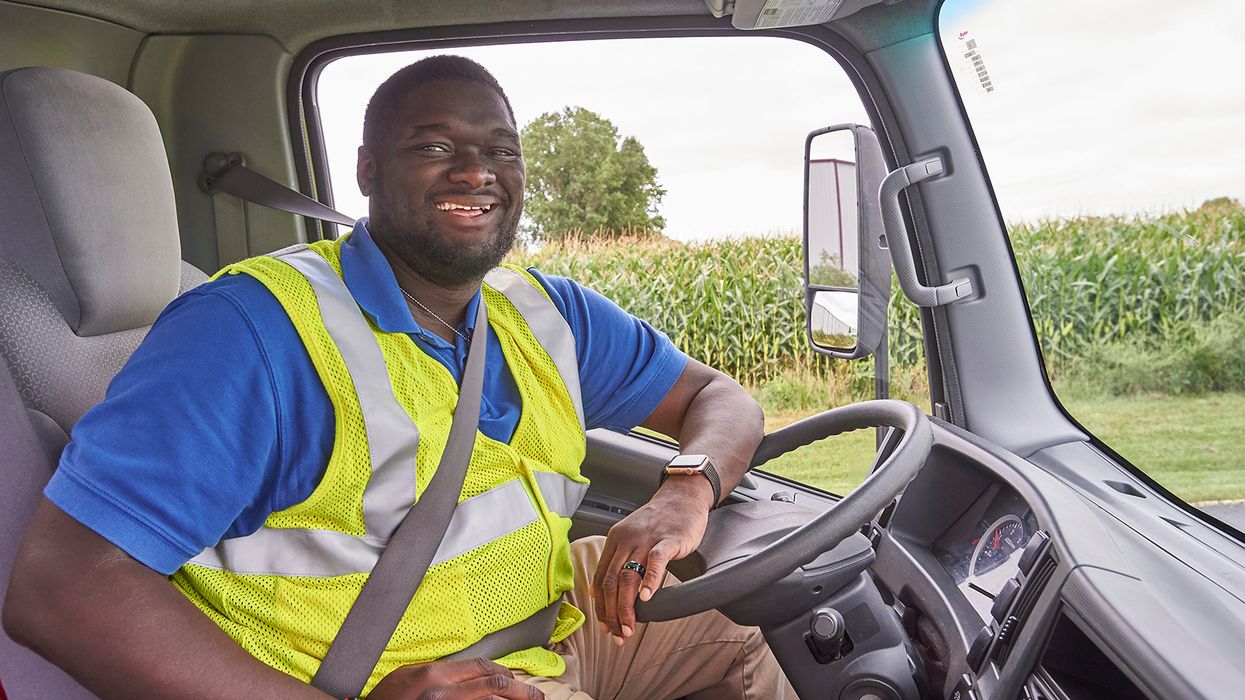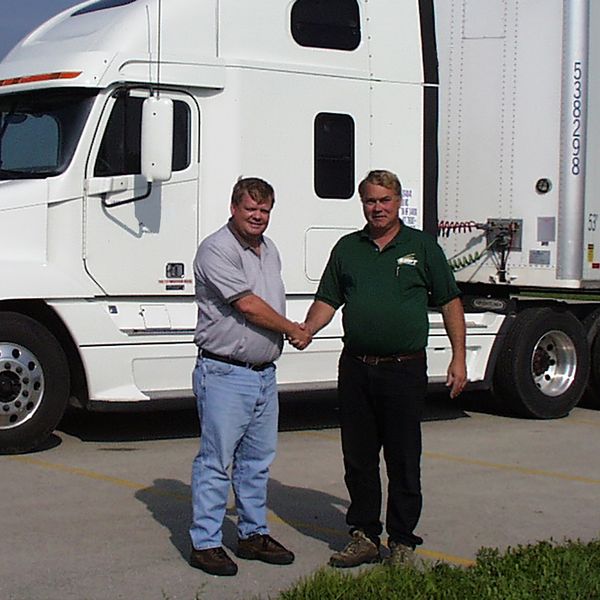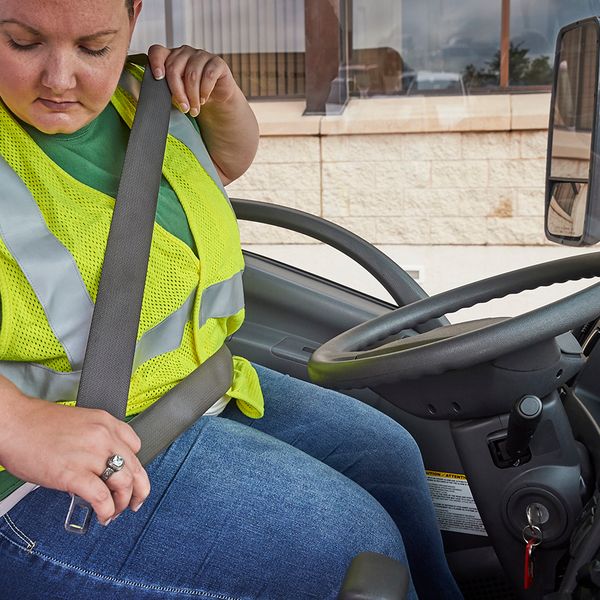Virtual Conference participants discuss how to operate a fleet safely
Managing a fleet and getting it to operate safely is a lot like herding cats, with the cats miles away.
That’s why J. J. Keller & Associates, Inc. decided to host an interactive virtual conference titled, “Effective safety strategies for fleet managers,” to allow participant to share their experience and what has worked and what has not worked.
The one-hour long conference began with Tom Bray and Mark Samber, two of J. J. Keller’s subject matter experts, discussing what traditional and high technology strategies have worked for fleets. Topics covered included everything from screening and hiring drivers to having the latest safety systems in the vehicles.
Group participation and sharing
After this discussion, participants were separated into groups. The breakout groups were given the assignment of discussing safety practices, programs, and initiatives they had tried that worked and that didn’t work. Additionally, the groups were asked to discuss was how safety efforts had impacted their driver retention.
Participants in one breakout group discussed how using safety incentives (an older low-tech strategy), tied to technology systems that closely tracks a driver’s performance (a high-tech strategy), was having a positive impact.
Some participants mentioned working with drivers to improve their daily vehicle inspections (pretrip, enroute, and post-trip inspections) and assigning drivers personal responsibility for the condition of the vehicles had made a difference. One participant discussed placing a phone number on their vehicles the public can use to call and comment on their drivers’ performance, and that this had improved driver performance.
Others shared that the use of certain tools, such as the Pre-Employment Screening Program and a data-driven driver scorecard has been beneficial.
Surprisingly, some participants were not believers in several of the onboard electronic safety systems that were discussed. The reservations were tied to the perceived poor performance of these systems in certain situations.
One pitfall of the newer strategies was discussed. If a carrier has data, and is not using it, this will become a problem following a serious crash. If the data indicates the driver had performance problems, but the carrier did not take action to correct the driver, this could lead to a serious liability exposure.
During the final discussion, participants and the subject matter experts discussed how the goal should be to merge the older strategies and the newer strategies to create a safe and defendable fleet.
Key takeaways
The practices and technology that were discussed included:
- Screening, hiring, and training drivers
- Establishing clear expectations
- Tracking driver performance using observations, data, and MVRs
- Being active in supervising and managing drivers, and driver supervisors having safety as a goal
- Having an effective maintenance and driver vehicle inspection program
- Using a back-office compliance and safety tracking system
- Using telematics to track driver performance
- Using customizable individual online training
- Using dash cameras as a coaching tool
Keys to remember: To be successful in building a safe and defendable fleet, a safety professional needs to use the right tools. The tools are there, you just need to find them and then use them properly.



















































